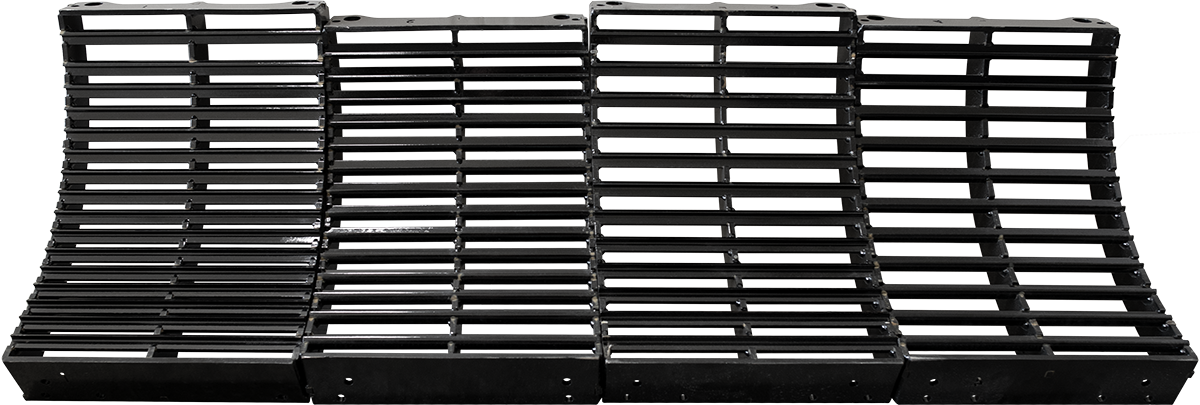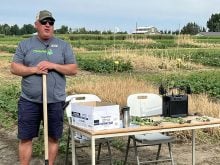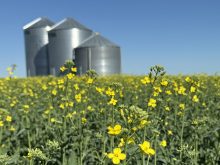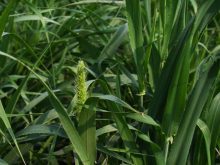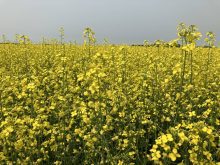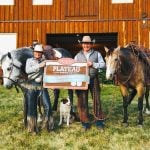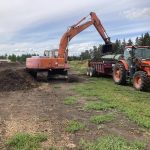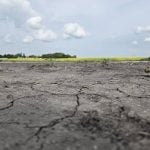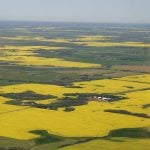LACOMBE, Alta. – When it comes to nitrogen, canola is a heavy user.
A six year project at six western Canadian locations tested the extent to which herbicide and fertilizer could be removed from cereal and canola crops with little consequence.
“We learned in canola it is a fairly high input crop and there is not much you can do without some pretty big losses to reduce yield, whereas in barley in a canola rotation, you can get away with reducing some inputs without reducing yield,” said Agriculture Canada agronomist Neil Harker.
Read Also

AI expected to make itself felt in food systems
Artificial intelligence is already transforming the food we eat, how farmers produce it and how it reaches the consumer, experts say
Plots that received no fertilizer or herbicide applications were taken over by wild oats, producing 1,000 plants per sq. metre after four years.
Researchers are now looking to see how long it takes to get a field back in shape.
Last year was the first year of recovery and the weeds were well established.
“We didn’t get close to recovering from zero herbicides, but interestingly enough we did recover at all sites but one receiving zero fertilizer,” Harker told a growers’ plot tour at Agriculture Canada’s Lacombe research centre June 30.
Researchers are also looking at the benefits of planting legumes versus using commercial nitrogen fertilizer.
Field peas, lentils and fababeans were planted into plots a year before canola was grown to compare results against fields that received inorganic fertilizer at varying rates of zero, 12, 24, 36 and 48 kilograms per acre.
A similar trial is underway using wheat.
“Visually, it does seem that the fababeans especially is contributing more nitrogen to the canola than we are seeing where we had canola and wheat last year,” said researcher John O’Donovan.
“Some studies show it can be better than field pea in terms of providing nitrogen for the next crop.”
O’Donovan said he expects more benefits will be seen in two years.
The scientists are assessing nitrogen and moisture levels and conducting tissue analysis for nitrogen throughout the growing season.
Next year, they will plant malting barley into the same kind of legume and fertilizer mix to study the effect on protein levels.
In the fourth year of the project, they will go back to legumes and follow in the fifth year with canola to assess cumulative effects.
“I think our best information is going to come in that fifth year,” he said in an interview during the tour.

